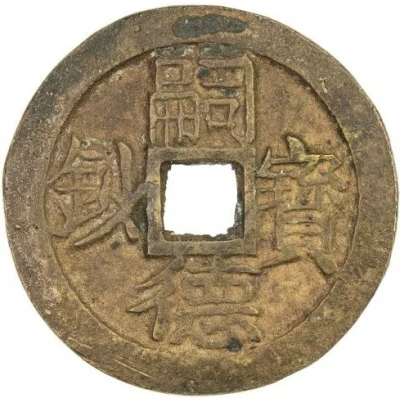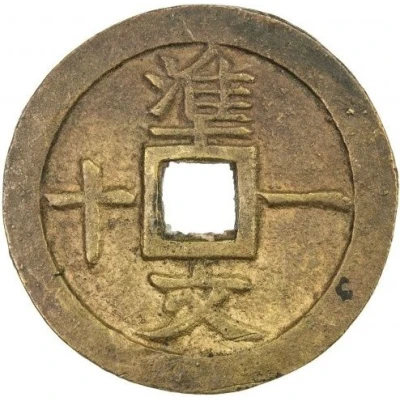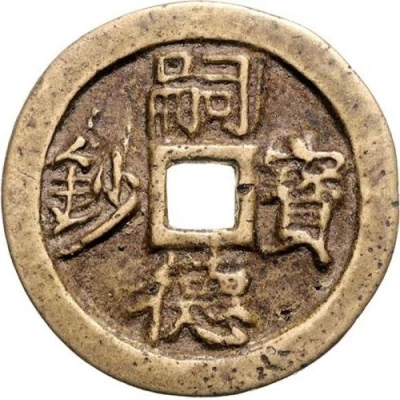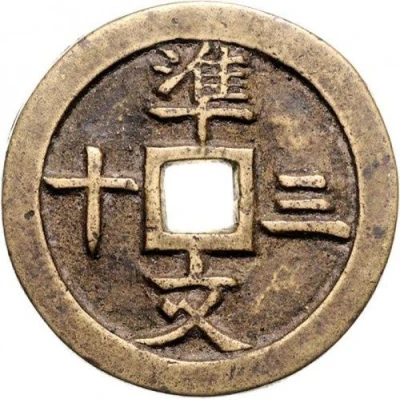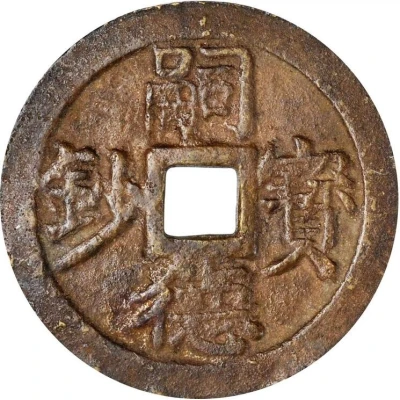
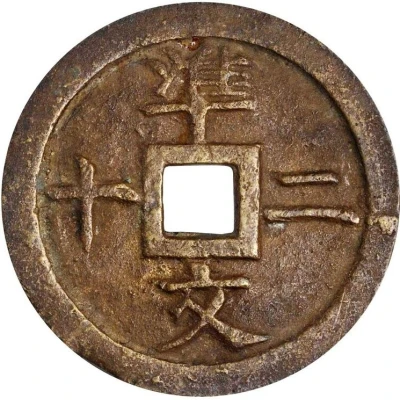

© Stacks Bowers
20 Văn - Tự Đức Bảo Sao ND
| Brass | 12.01 g | 32 mm |
| Issuer | Empire of Vietnam |
|---|---|
| Emperor | Tự Đức (1847-1883) |
| Type | Standard circulation coin |
| Years | 1861-1870 |
| Value | 20 Văn |
| Currency | Văn (1868-1945) |
| Composition | Brass |
| Weight | 12.01 g |
| Diameter | 32 mm |
| Shape | Round with a square hole |
| Technique | Cast |
| Orientation | Medal alignment ↑↑ |
| Demonetized | Yes |
| Updated | 2024-10-09 |
| Numista | N#16437 |
|---|---|
| Rarity index | 93% |
Reverse
Four Chinese ideograms read top to right, left to bottom.
Script: Chinese (traditional, regular script)
Lettering:
準
十 二
文
Translation:
Chuẩn Nhị Thập Văn
Equal to 20 Văn
Edge
Plain
Comment
The Tự Đức Bảo Sao coins were created to complement the regular circulation coins; however, due to their intrinsic value being much small than their nominal values, they were poorly received. Originally introduced in 1861, these pieces saw a further decrease in weight in 1870 (while keeping the nominal values the same).Interesting fact
One interesting fact about the 20 Văn - Tự Đức (Bảo Sao) ND (1861-1870) coin from the Empire of Vietnam is that it was designed by French engraver and designer, Jean-Baptiste Farochon. Farochon was responsible for creating many of the coin designs used during the French colonial period in Indochina, and his work can be seen on various coins from the region. This particular coin features an image of a dragon on one side and the Vietnamese emperor, Tự Đức, on the other. The dragon symbolizes strength and power, while the emperor's image represents the authority and leadership of the Vietnamese monarchy. The coin's design is a reflection of the cultural and historical significance of the time period in which it was created.
